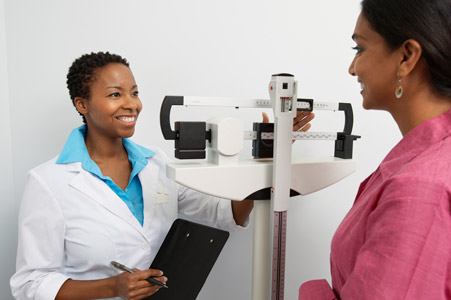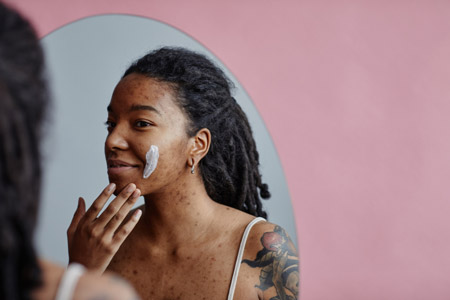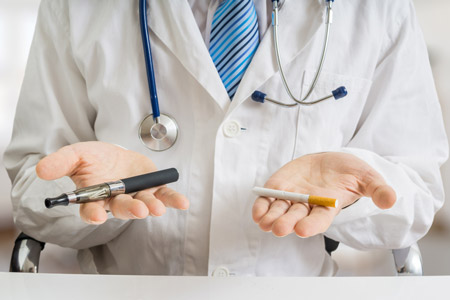


Are There Different Types of Psoriasis?
Psoriasis is one of the most common skin conditions that affects adults today. The World Psoriasis Day consortium estimates that 2-3% of the world’s population has some form of psoriasis — that’s over 125 million individuals.
That being said, not all psoriasis is the same. Let’s explore the different types of psoriasis, what the symptoms of each are, and how common each type is.
Are there different types of psoriasis?
There are five different types of psoriasis that can affect the skin. Each presents in distinct patterns and on certain areas of the body.
It is possible that you can have more than one type of psoriasis at one time — and be affected by multiple types of psoriasis throughout your lifetime.
It’s important to understand what the different types of psoriasis are so you can accurately report your symptoms to your dermatologist or healthcare provider because each type requires unique treatment and the location of the psoriasis can also affect what treatments are used.
The 5 different kinds of psoriasis are:
- Plaque Psoriasis
- Inverse Psoriasis
- Guttate Psoriasis
- Pustular Psoriasis
- Erythrodermic Psoriasis
Let’s learn more about each type of psoriasis and what you can watch for on your own skin before reporting back to your doctor.
Plaque Psoriasis
Plaque psoriasis is the most common type of psoriasis. Plaques look like raised patches of inflamed skin with scales — and these scales can look red or silvery-white and can be itchy and painful. These plaques can occur in very small quantities or be very widespread across the skin.
They most often appear on the scalp, knees, elbows, around the belly button, and lower back. Once the plaques have healed, there may be changes to the pigmentation of the skin, known as post-inflammatory hyperpigmentation.
Inverse Psoriasis
This type of psoriasis, also sometimes known as intertriginous psoriasis, is an immune-mediated condition. Skin with inverse psoriasis is inflamed and often a deep-red or dark color — and can feel damp. Unlike plaque psoriasis, the skin is smooth and not scaly.
Inverse Psoriasis usually affects skin folds like the underarms, in the groin, between the thighs, or under the breasts. It’s important to not scratch at inverse psoriasis, as doing so in areas with a lot of moisture can cause infections.
It is a pretty uncommon form of psoriasis and it only affects 3% to 7% of patients with psoriasis — and it cannot be fully cured but can be well-managed with appropriate treatments.
Guttate Psoriasis
Another rarer form of psoriasis is guttate psoriasis. It is categorized by small, round, red, or discolored spots across the skin. These spots often look like teardrops. The root word of guttate, gutta, actually means drop in Latin.
Guttate psoriasis most often occurs on the arms, legs, and torso. This type of psoriasis is found mostly in patients under the age of 30, and particularly in children. Its onset is typically sudden and it often begins following an infection — most notably strep throat caused by group A streptococcus.
Pustular Psoriasis
Another less common form of psoriasis that affects approximately 3% of people living with psoriasis is pustular psoriasis. It appears as white bumps that may be surrounded by inflamed skin. These “pustules” are pus-filled and painful, but it’s important to note that, unlike other diseases that manifest with pustules, the pus cannot pass along psoriasis.
They may appear or concentrate on certain areas of the body — like the hands — or all over. It is thought that different stressors and changes to routine (like starting or stopping medication, over-exposure to UV, etc.) can contribute to the onset of pustular psoriasis. It is often found in older adults and physicians often recommend general treatment plans to get relief as there is no treatment plan specific to this type of psoriasis.
Erythrodermic Psoriasis
Erythrodermic psoriasis is the rarest form of psoriasis. It affects only about 2% of people with psoriasis. Erythrodermic Psoriasis can be life-threatening because it can change the body’s temperature and lead to shivering and edema. It causes intense redness all over the body, potentially leading to skin shedding in large sheets.
Whenever you notice changes or irregularities within your skin it’s important to contact your physician immediately. Log the changes you see and talk to your doctor about treatment plans to bring you relief from the discomfort you may be feeling.
And remember, before trying at-home remedies to treat psoriasis, always consult with your doctor on the best plan of action.


.jpg)
.jpg)
.jpg)


















.jpg)





















.jpg)








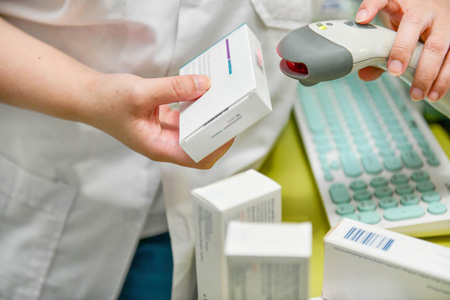








.jpg)



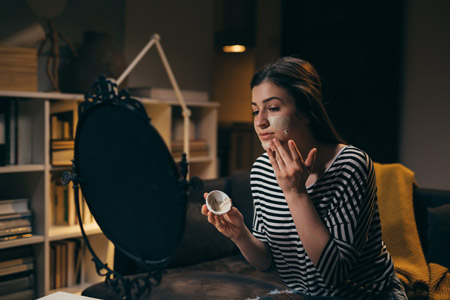












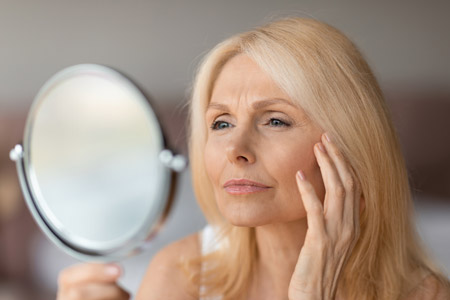

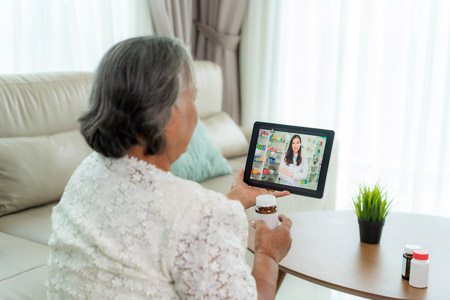
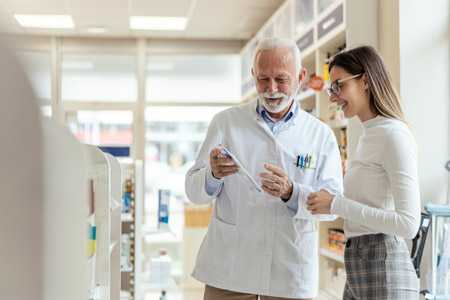






.jpg)
.jpg)
.jpg)


